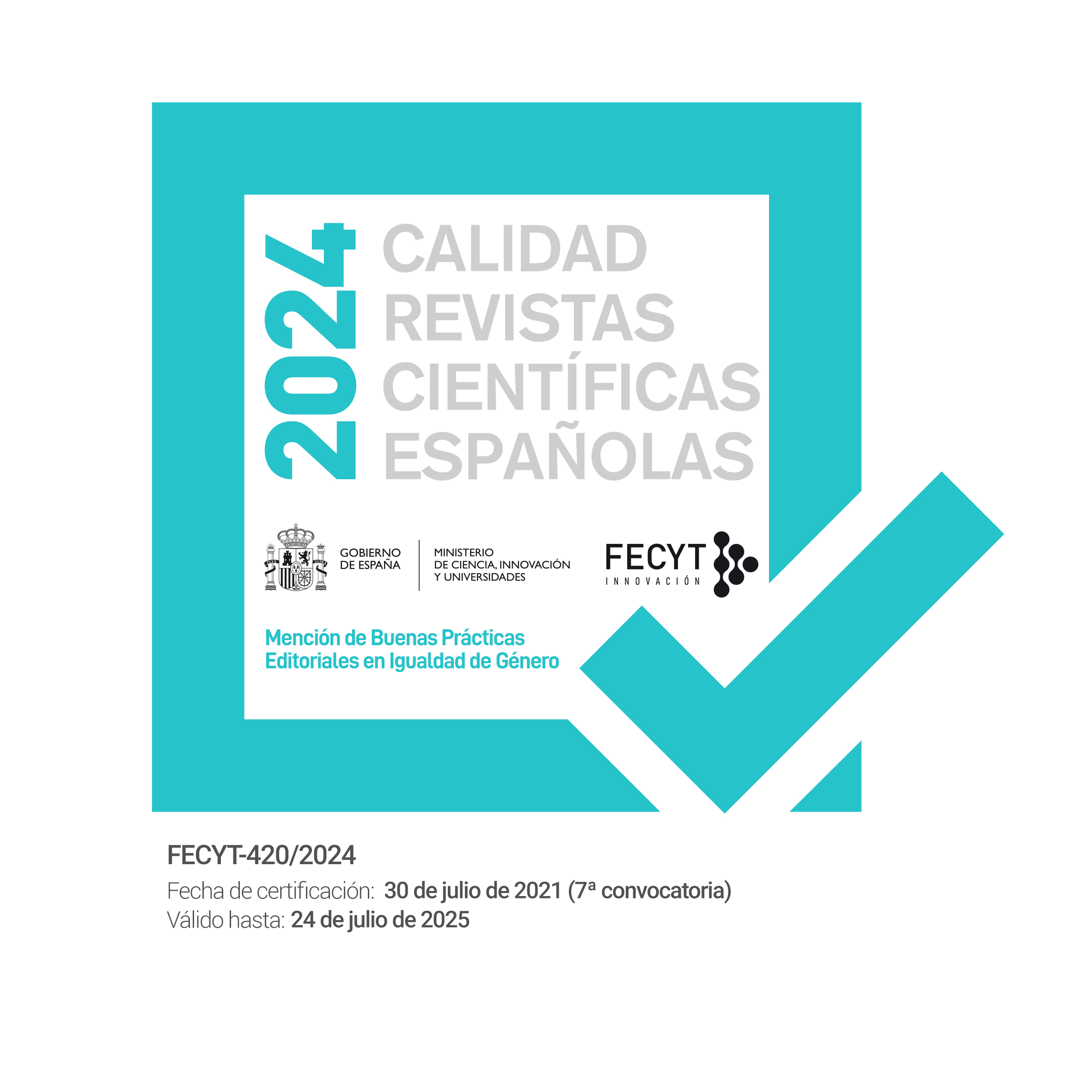GEOGRAPHICAL DISTANCE AND CULTURAL KNOWLEDGE: WRITING ABOUT CHINA IN NINETEENTH-CENTURY LATIN AMERICA
Palabras clave:
Travel in China, Tourism, Latin America, Travel writing, Coolie trade, Cultural geographyResumen
To what extent is the production of knowledge of foreign cultures affected by geographical distance? This article explores the porous boundaries between ethnography, geography and fiction in the narrative Viaje de Nueva Granada a China y de China a Francia (1860) by the Colombian Nicolás Tanco Armero. A rare document of exchange between antipodal regions of the planet in the nineteenth century, Viaje… combines the language of the coolie trade, tourist guidebooks and journals of pilgrimage, opening a form of writing about China that considers the rhetorical strategies of peripheral epistemologies. This text inquires into the forms of universalism that prevail over local histories in discussions of modernity, and casts fresh light on discourses of orientalism produced from other allegedly exotic geographies. My claim is that Viaje… evidences a form of writing of China where national identity is at the service of a cosmopolitan form of identification. Geographically, imaginatively and ethically, China becomes a figurative region that transcends the Latin American’s point of enunciation and, in turn, redefines the traveler subjectivity in relation to different forms of production of geographic knowledge: cartography, tourism and pilgrimage.Descargas
Publicado
Cómo citar
Número
Sección
Licencia
Todos los contenidos publicados en la revista están protegidos bajo licencia Creative Commons BY-NC-ND. La jurisdicción de la misma corresponde a las leyes vigentes en España y sus condicionamientos no permiten el uso comercial de la obra ni ningún tipo de modificación sobre la misma.
Datos generales.
La revista de literatura comparada 452ºF [ISSN 2013-3294] es un proyecto editorial coordinado por la Asociación Cultural 452ºF, y desarrollado por todo el Consejo de redacción.
Acceso y empleo de los contenidos.
Todos los contenidos publicados en la revista están protegidos bajo licencia Creative Commons BY-NC-ND. La jurisdicción de la misma corresponde a las leyes vigentes en España y sus condicionamientos no permiten el uso comercial de la obra ni ningún tipo de modificación sobre la misma.
Es decir, toda persona tiene derecho a acceder libremente a cualquiera de los contenidos de la revista siempre y cuando se asuman los deberes de no lucrarse de un trabajo ajeno y de salvaguardar los derechos morales de los diversos autores implicados en el proceso de creación y edición de los artículos y de la revista.
En todo caso, es necesario citar la procedencia en cualquier reproducción parcial o total.
Bases de toda convocatoria de la revista.
- 1. El autor acepta que el envío de su trabajo…
- a. no garantiza la publicación del mismo.
- b. cumple con todos los requisitos plasmados en el Manual de estilo de la revista y la convocatoria correspondiente.
- c. implica la cesión no exclusiva de los derechos de primera publicación del mismo, siempre que sea considerado apto, a la Asociación 452ºF, que podrá distribuirlo libremente bajo licencia Creative Commons BY-NC-ND (cuyas limitaciones, lógicamente, no le afectan).
- 2. La revista 452ºF, respetando los derechos morales de la propiedad intelectual, se compromete a…
- a. valorar todo artículo recibido procediendo según lo pautado en el Sistema de arbitraje.
- b. notificar el acuse de recibo y valoración del artículo a su autor (indistintamente de si ha sido seleccionado o descartado).
- c. publicar íntegro todo artículo seleccionado, pero guardándose el derecho a variar su disposición tipográfica de acuerdo a las reglas de maquetación.
- d. publicar el artículo bajo licencia Creative Commons BY-NC-ND.




